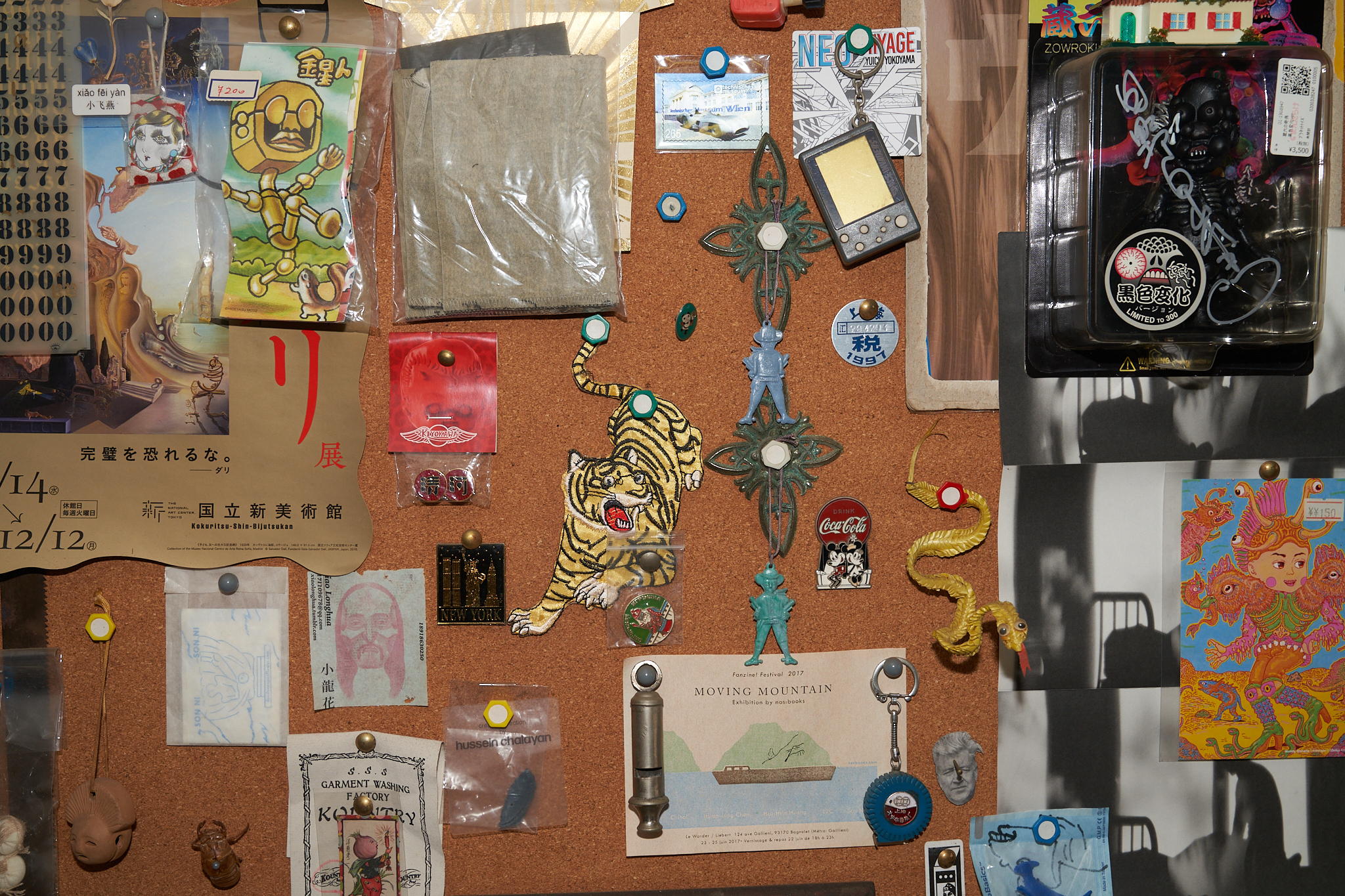ZIZHIQU: AUTONOMOUS REGIONS
| 2013年05月22日 | 发表于 LEAP 20

Upon exiting the elevator, you come face to face with an installation by the Xijing Men, a large Xijing flag hanging on the wall opposite the elevator. In front of the entrance to the exhibition hall is a pile of carefully stacked, clean cardboard boxes partitioning off the “Exit and Entry Bureau.” But this affected formality appears more as a confirmation of the exhibition’s theme than it does an advancement of the collective’s earlier practice.
“Zizhiqu: Autonomous Regions” has a clear political agenda. Curator Hou Hanru uses the corresponding political implications of the idea of the nation state— those of obstinacy and autonomy— to lead into a discussion of the sense of autonomy in contemporary art. Compared with the aesthetics of modern art, the core of “Autonomous Regions” is a novel coupling of contemporary art and real life.
The exhibition has no shortage of artworks, which together as a whole reveal a certain predicament: today, once-repudiated theoretical discourses take the form of relatively stable modes of exchange, and artists’ treatment of the sensitivity of others seems stifled by the persistent yet incoherent influence of experience and knowledge. In South Korean artist Kimsooja’s A Needle Woman, the artist inserts herself needle-like into crowds, standing fixed amidst the flow of people around her; Lin Yilin’s Golden Flower and Nasan Tur’s Somersaulting Man are in a very similar vein, showing abnormal behavior taking place in everyday urban settings. Beach Study records artist Sriwhana Spong dancing on a favorite public beach remembered from her childhood in Auckland, New Zealand, a beach since sold and privately owned.
These works highlight the curatorial concept of the exhibition, revealing a fair level of maturity— one that is beyond doubt. Quite a few other works also possess this obvious legitimacy, their content directly challenging certain political stances. One is by Rigo 23, who, in an effort to oppose dominant global financial and political systems and their accompanying cultural hegemony, created a self-governing village for Mexico, “Autonomous InterGalactic Space Program.” Cinthia Marcelle and Tiago Mata Machato’s video This World presents a torrent of objects, continuously hurled and eventually piling up as a mass of garbage on the street, as a metaphor for warfare and the predestined condition of mankind it belies (what Walter Benjamin called the “destructive character” of humans). Claire Fontaine’s interpretation is even more direct, arranging hundreds of matchsticks into the shapes of China’s various autonomous regions and burning them in effigy.
Underneath their façade, a few artworks in “Zizhiqu” actually possess, directly or indirectly, a particularly abundant and even unexpected realism and texture. One such work is Cao Fei’s In the Night Garden, which is based on her RMB City (itself existing within the computer game Second Life). Yet here, the fragments of RMB City merely serve as a backdrop for narrative prompts signaling different time periods, in which a sense of absurdity tinged with routinization is created by the juxtaposition of virtual reality and mechanized daily life. Even so, seen in the gallery, the night garden very nearly resembles a real garden, and the many screens showing RMB City, as well as the baby cribs, TVs, and cots, give the installation a certain feeling of intimacy. Contemporary daily life is cluttered with screens and virtual experiences, and no matter whether one feels doubt or a sense of amusement, these experiences all fall within the realm of individualized specifics, becoming vivid and perceptible to the extent that we can say that they are real. When Rigo 23 went to Enning Road on the third day after the exhibition to work on his project, a 90-year-old woman told him the story of how an agent during China’s reform period tried to cheat her out of a property deed and the difficulty of her position— not that she and others were simply forgotten as the old neighborhoods vanished, but rather that their fates were subject to the cold calculation of practical benefits that dictated changes in the city landscape. Perhaps it is the case that the diverse features of Enning Road— the contrast between its old dwellings and its new skyscapers, its old-fashioned, narrow wooden benches, and its “autonomous” posture— are all of interest, and that it is the authenticity of all of these diverse elements together that these symbols in the exhibition take as their starting point. (Translated by Caly Moss)

